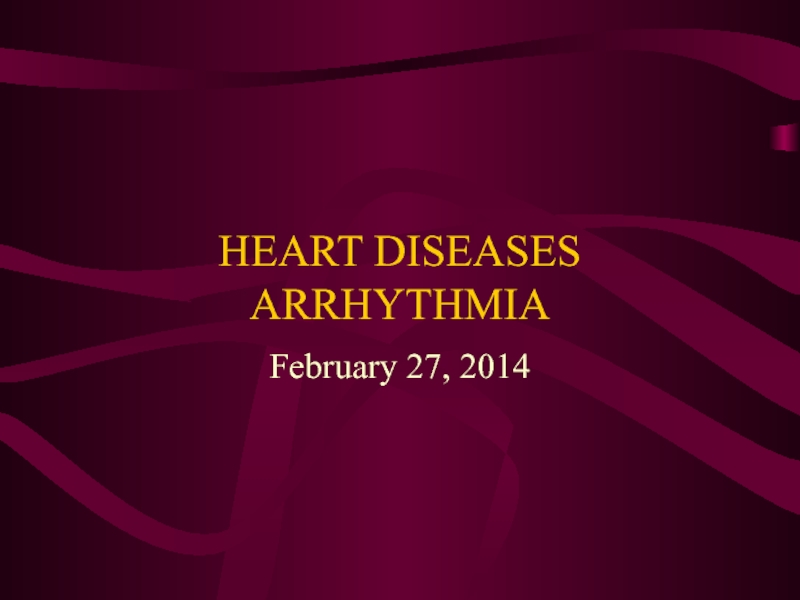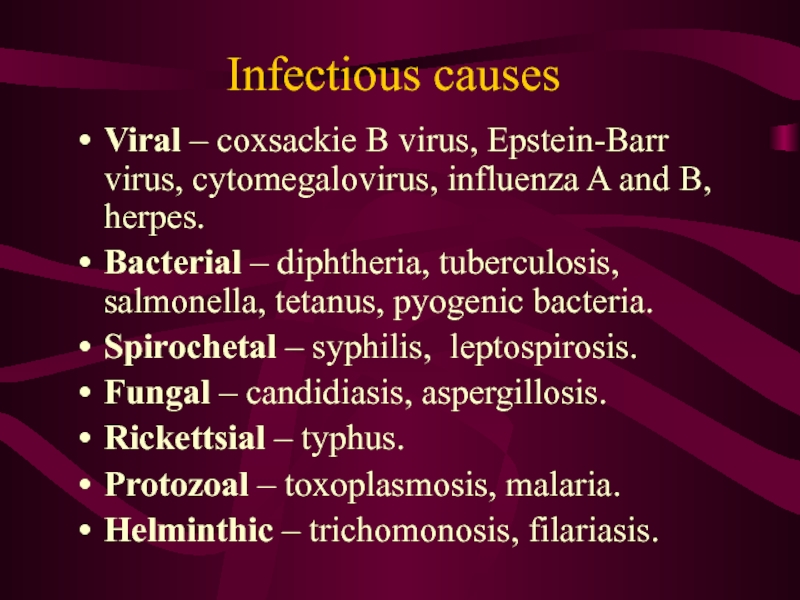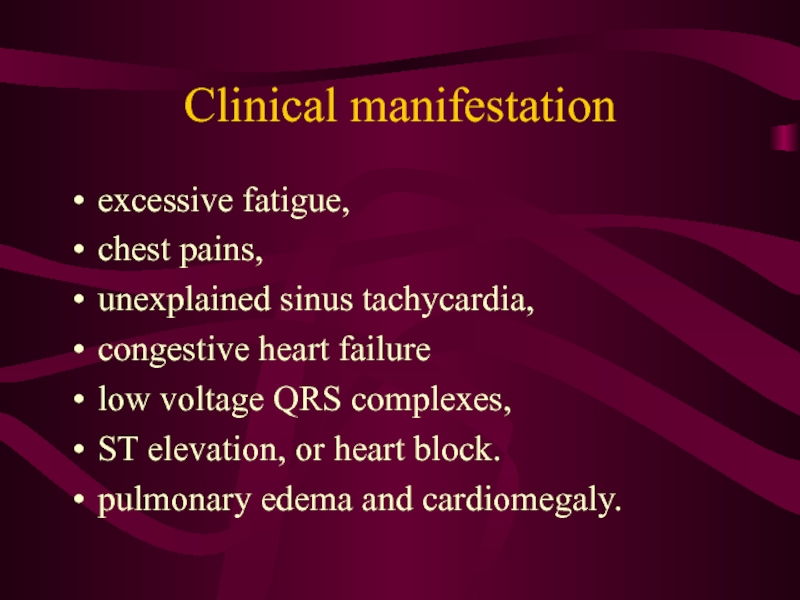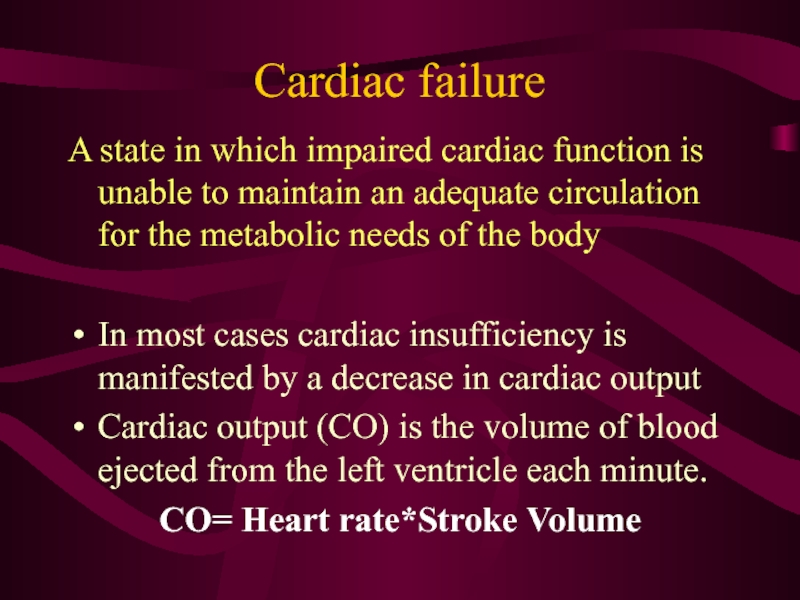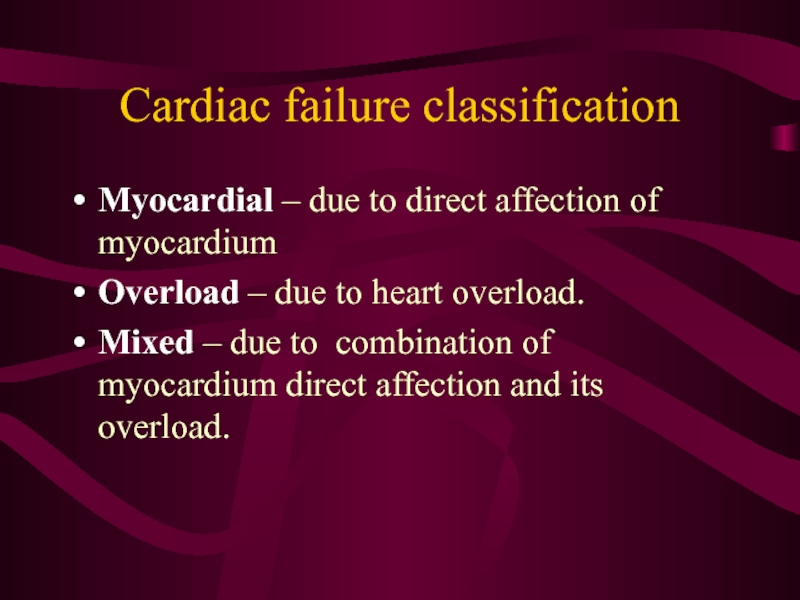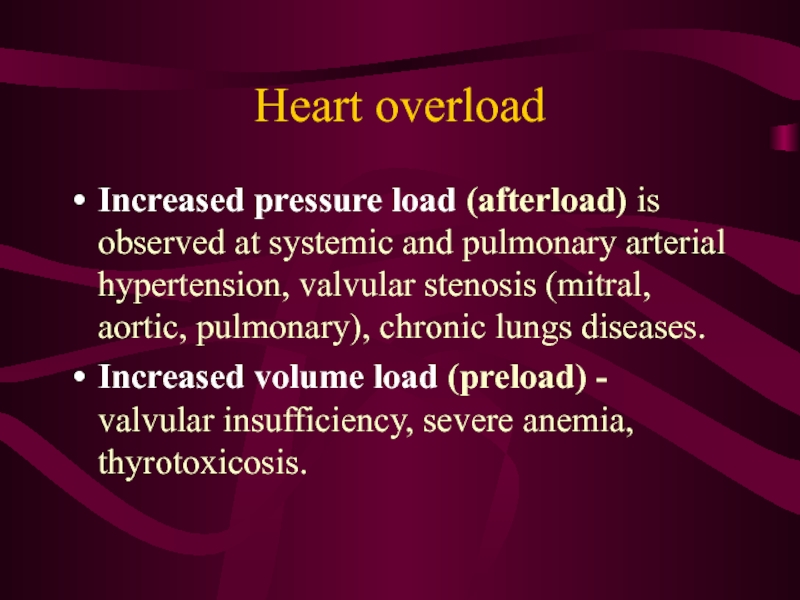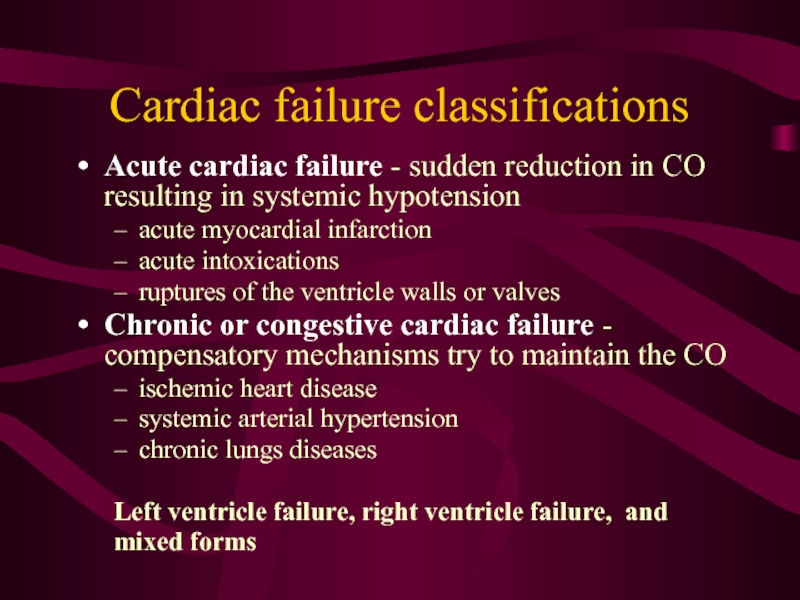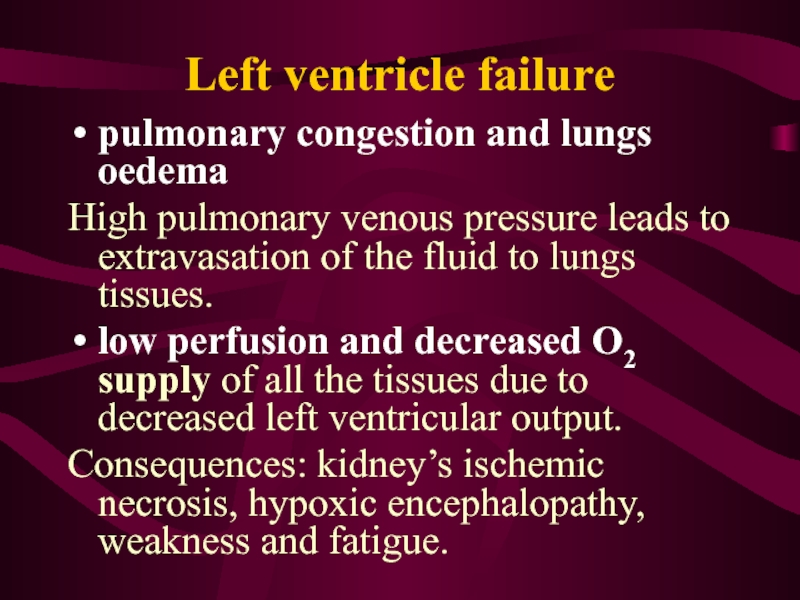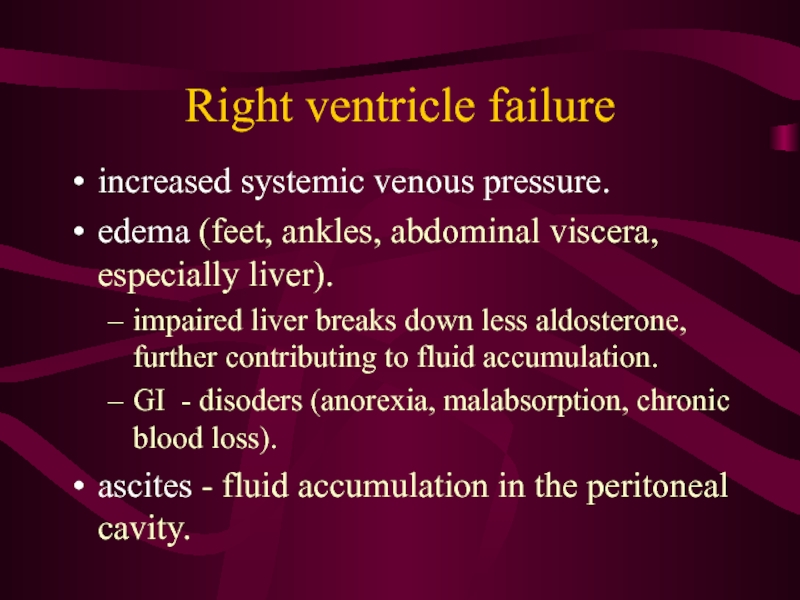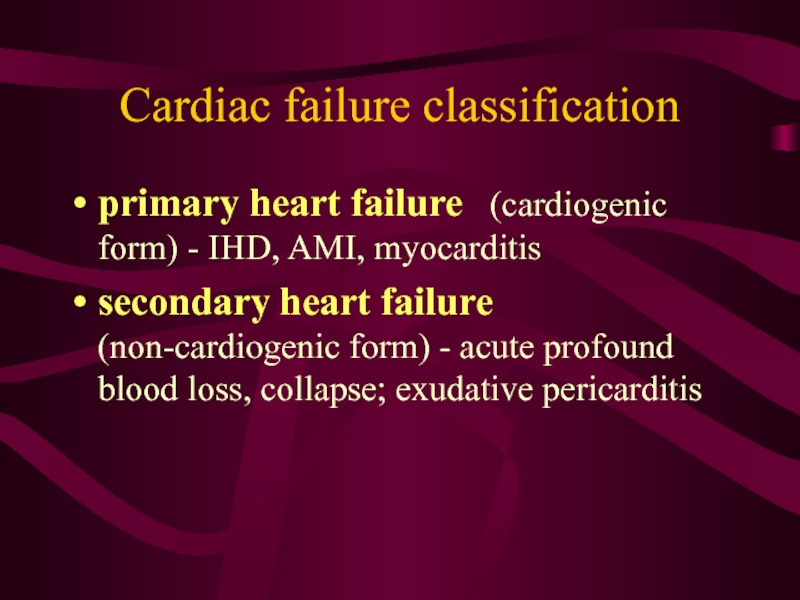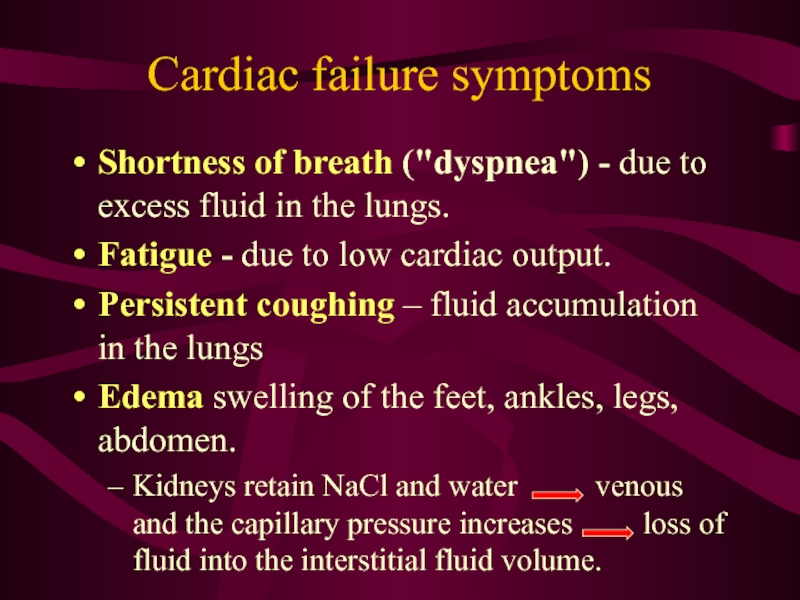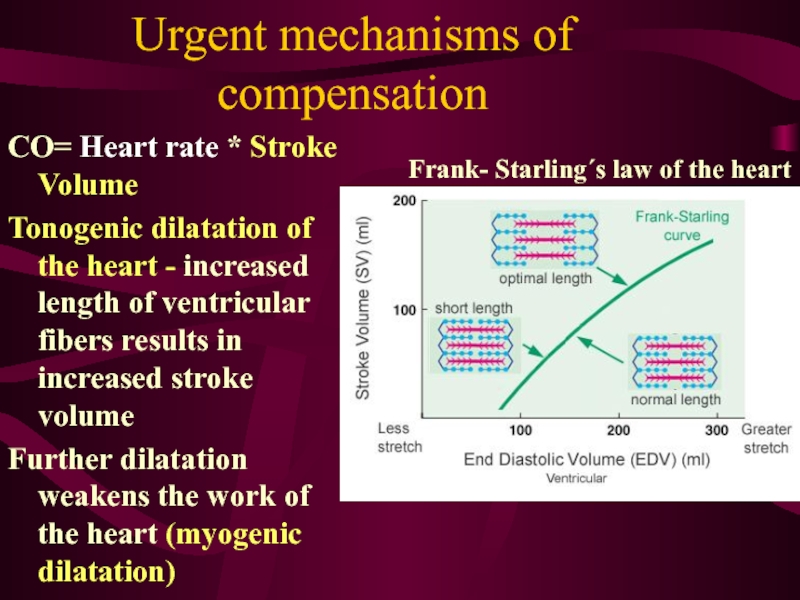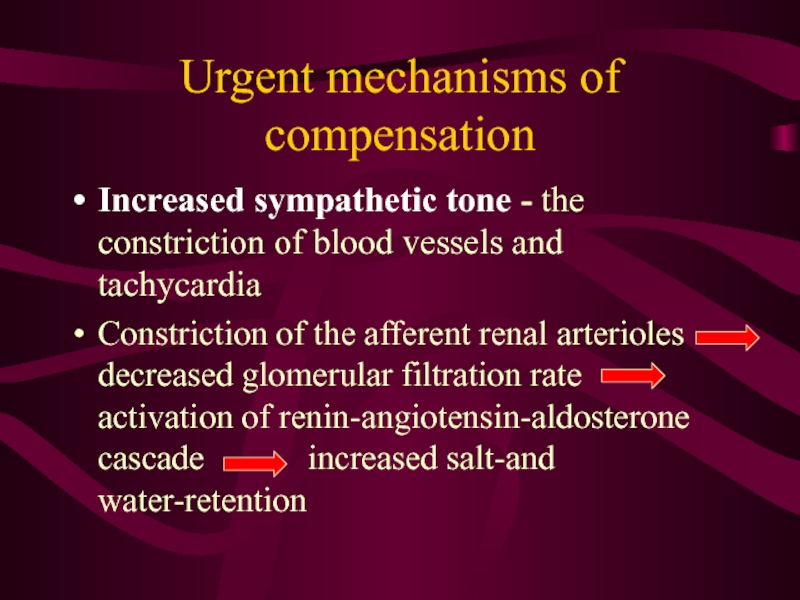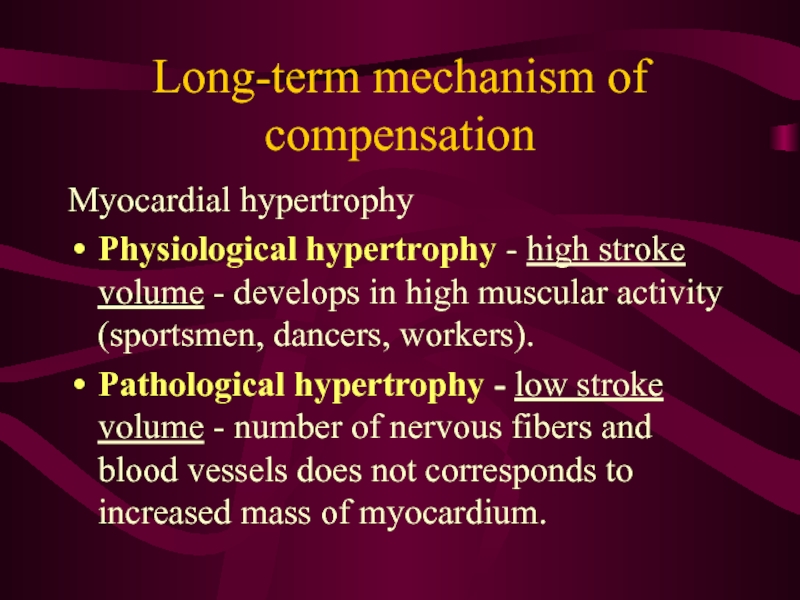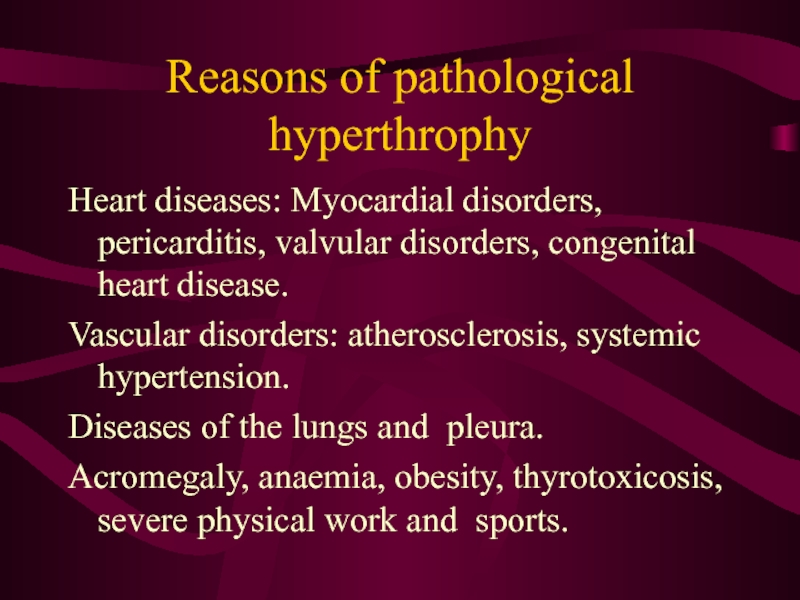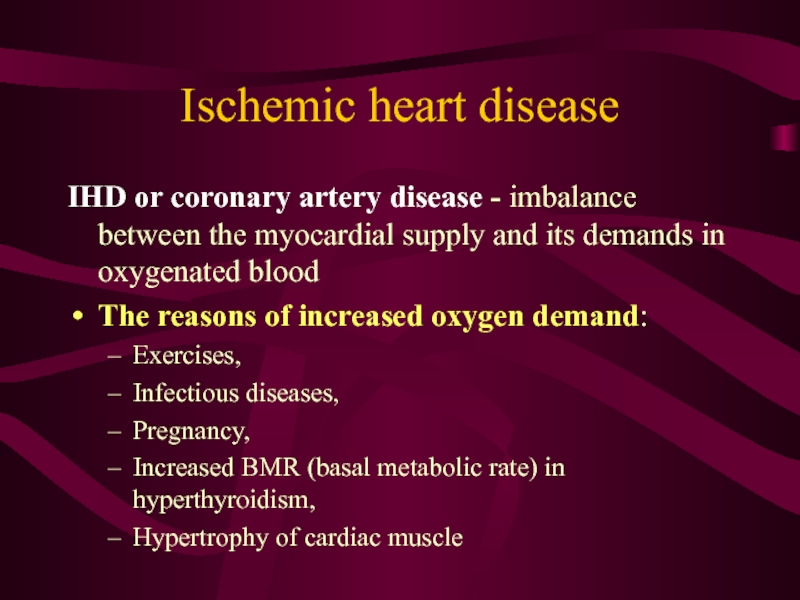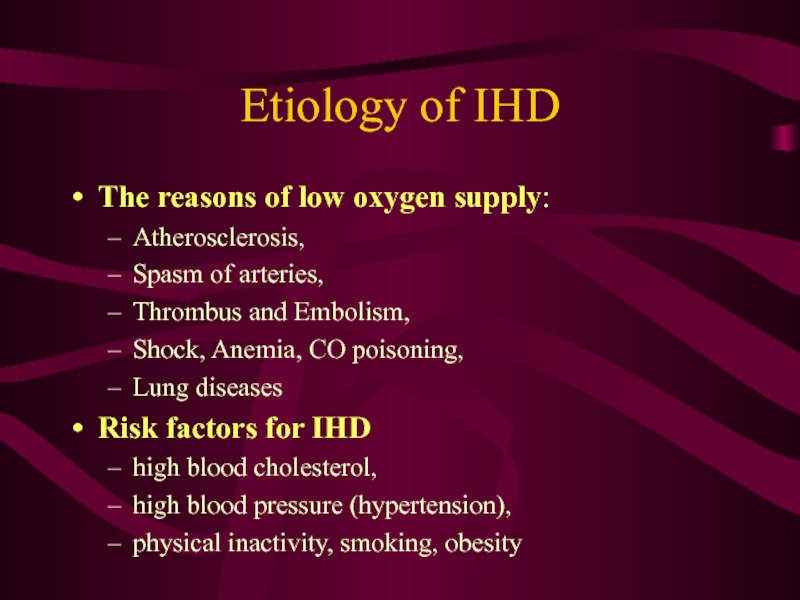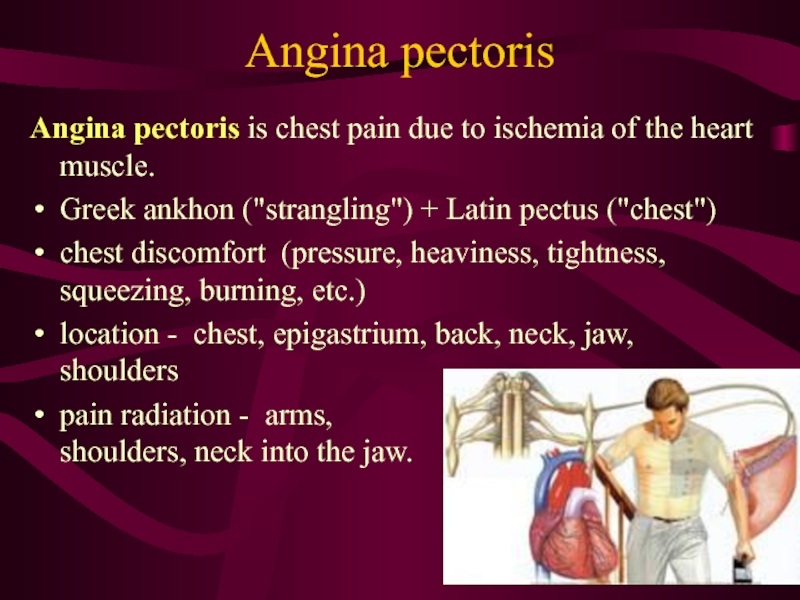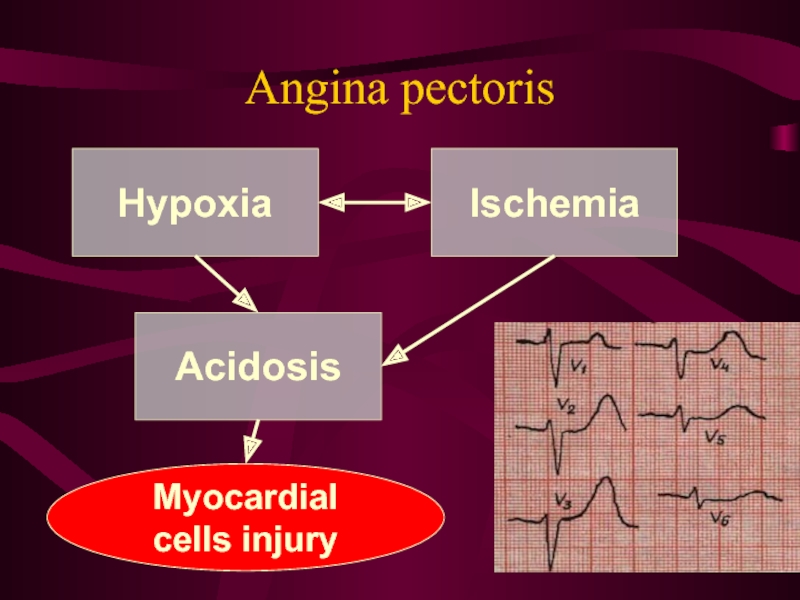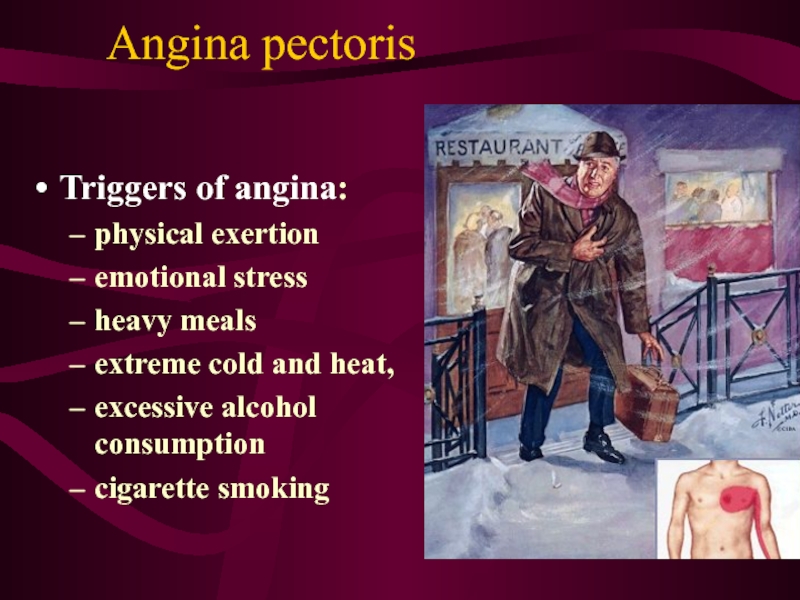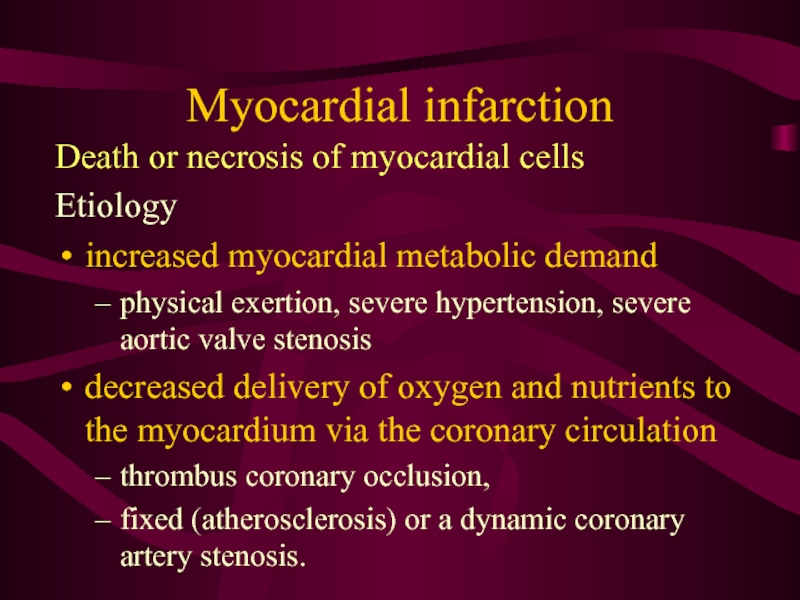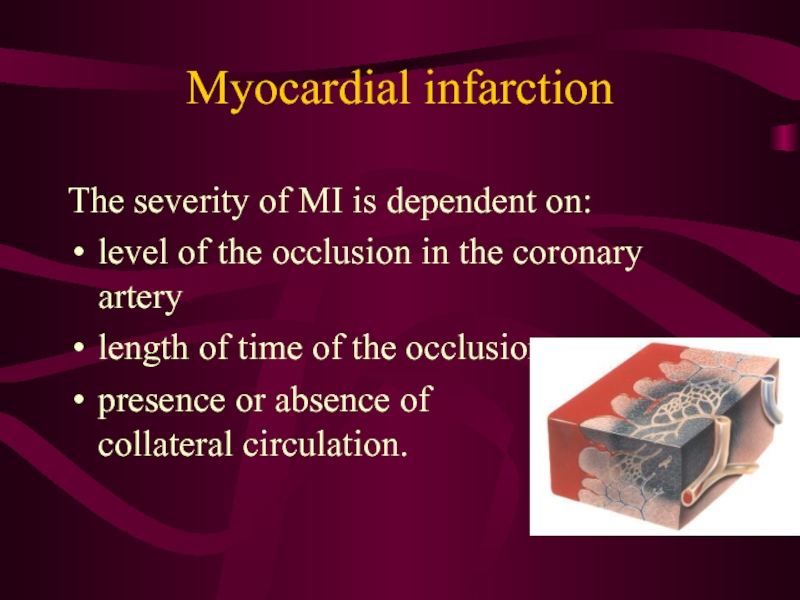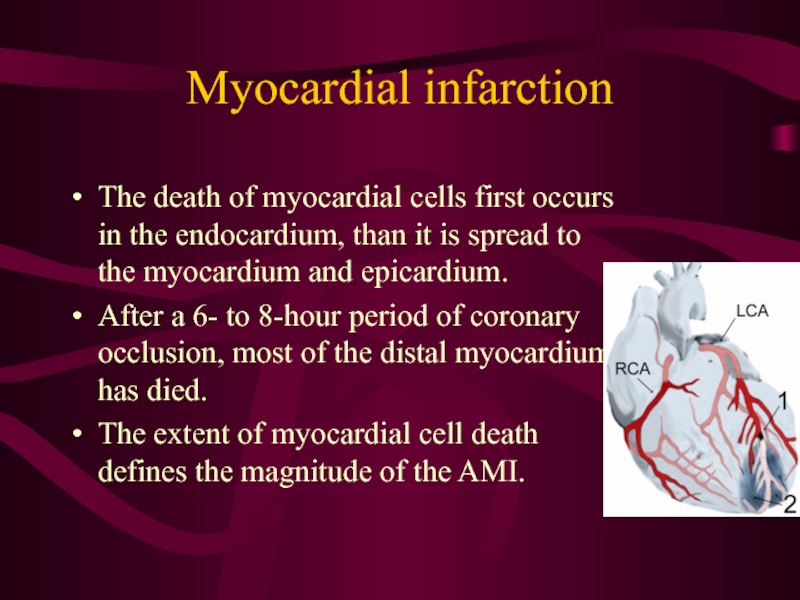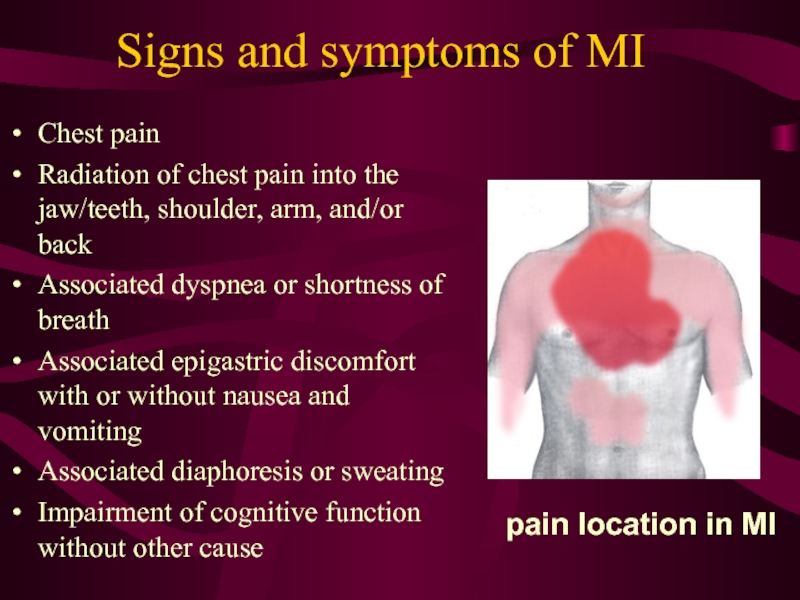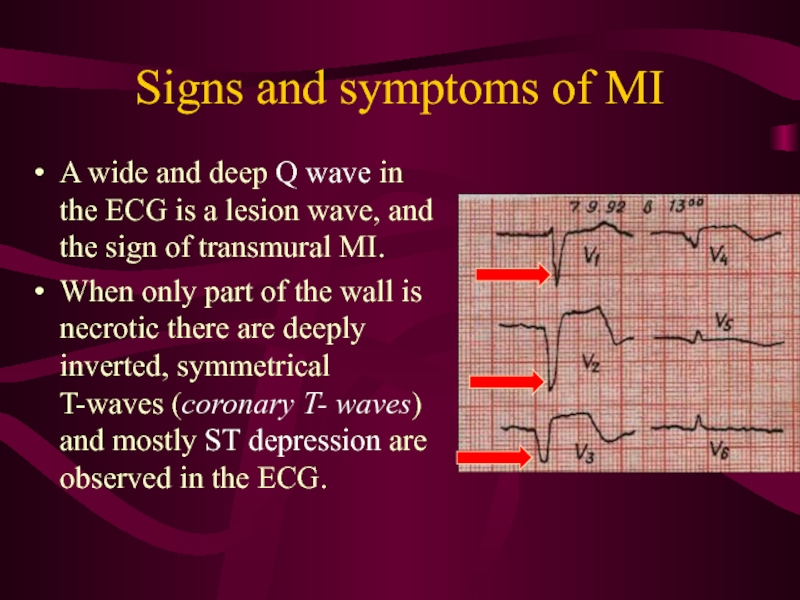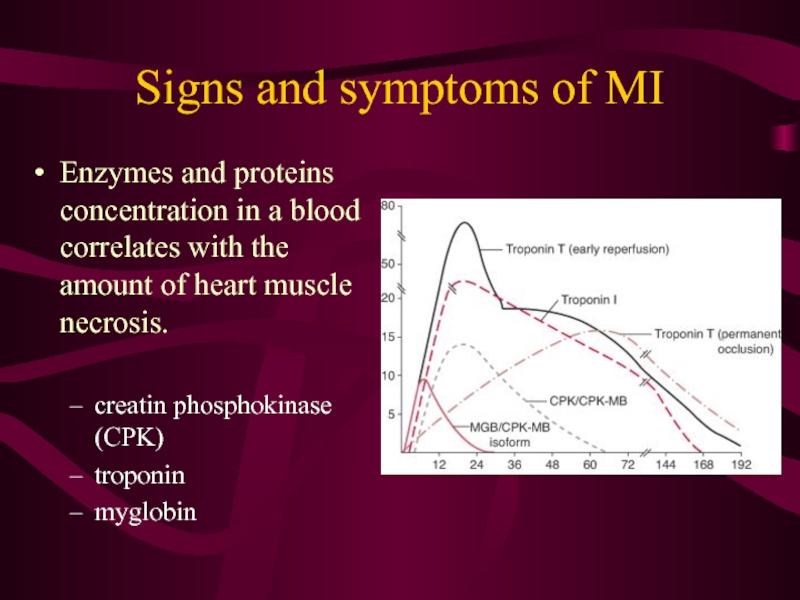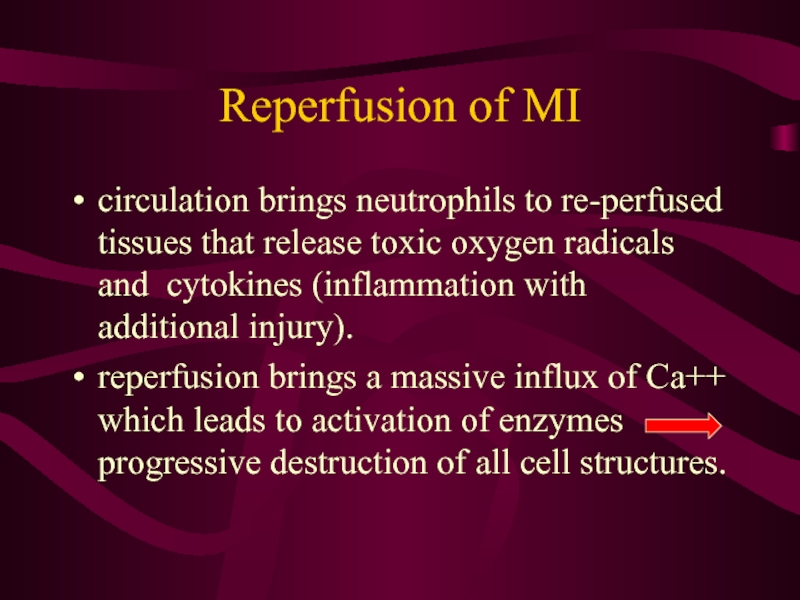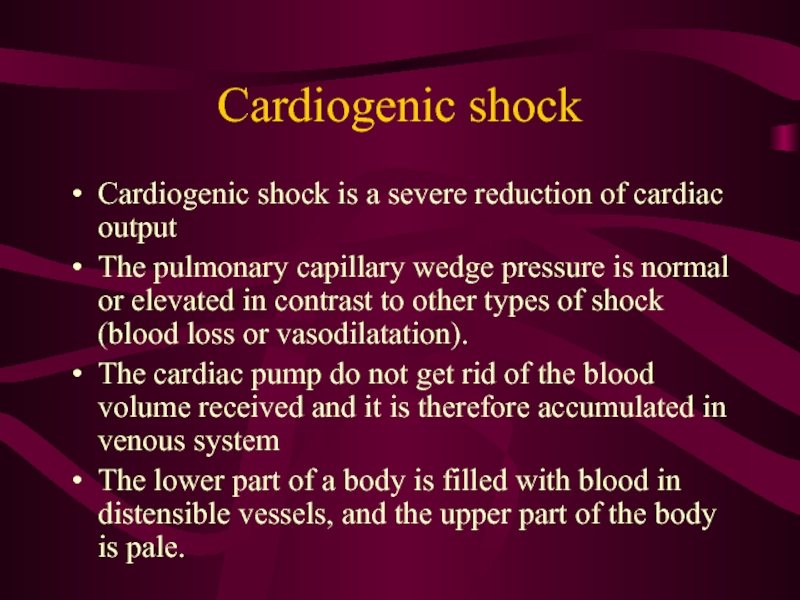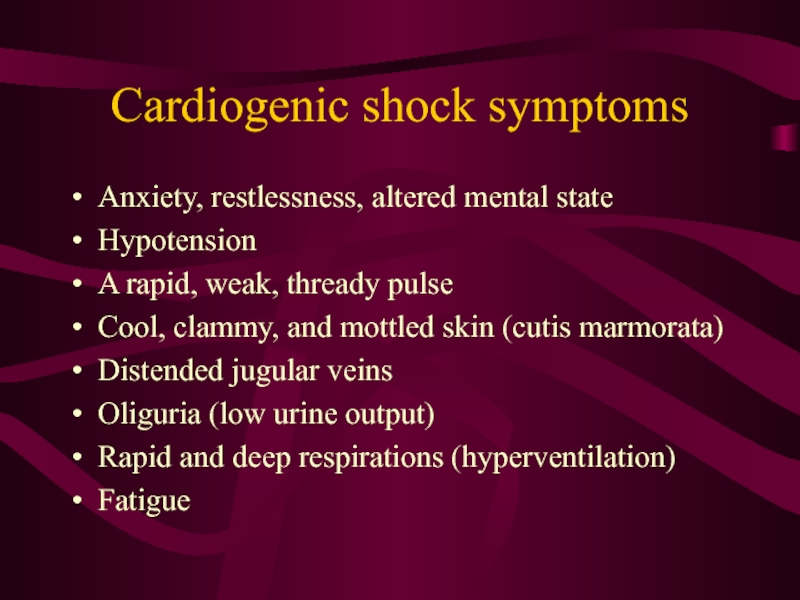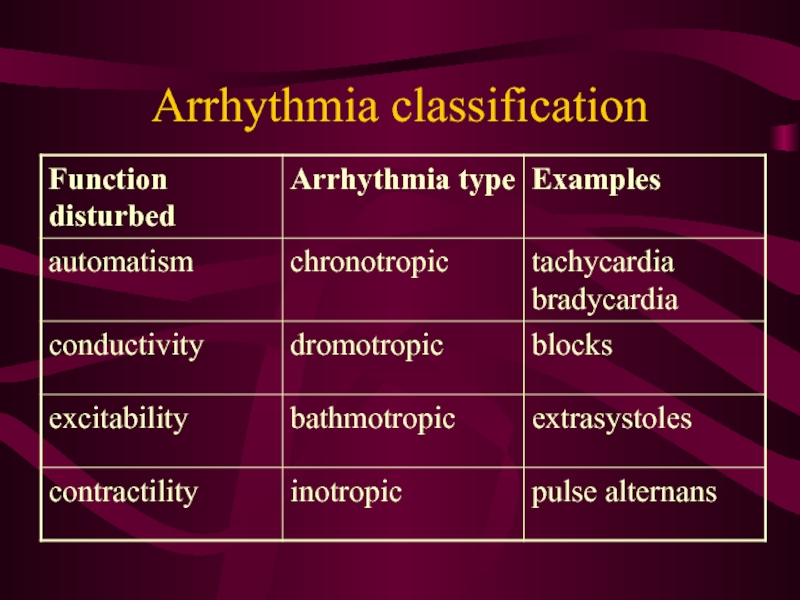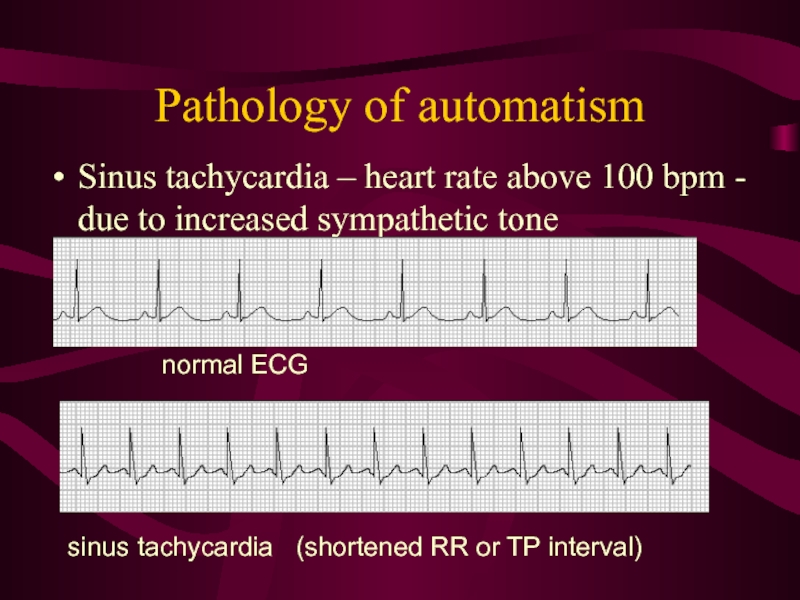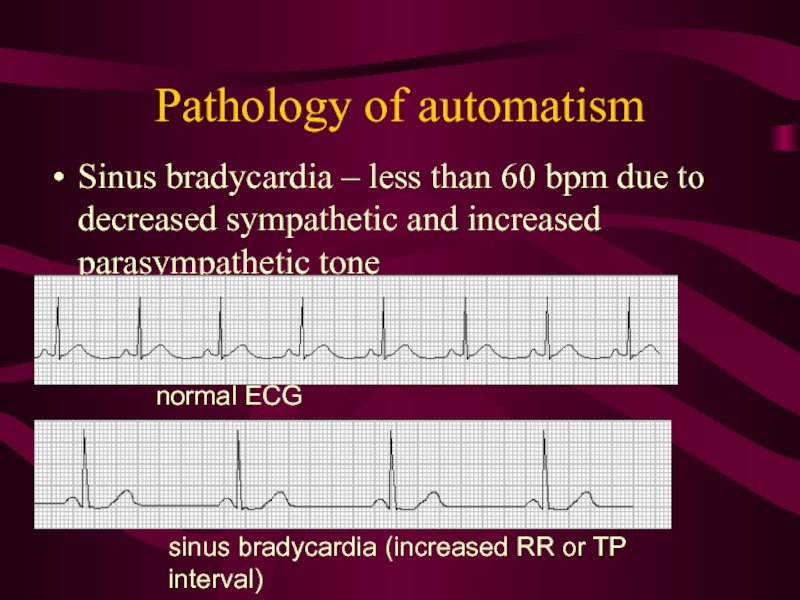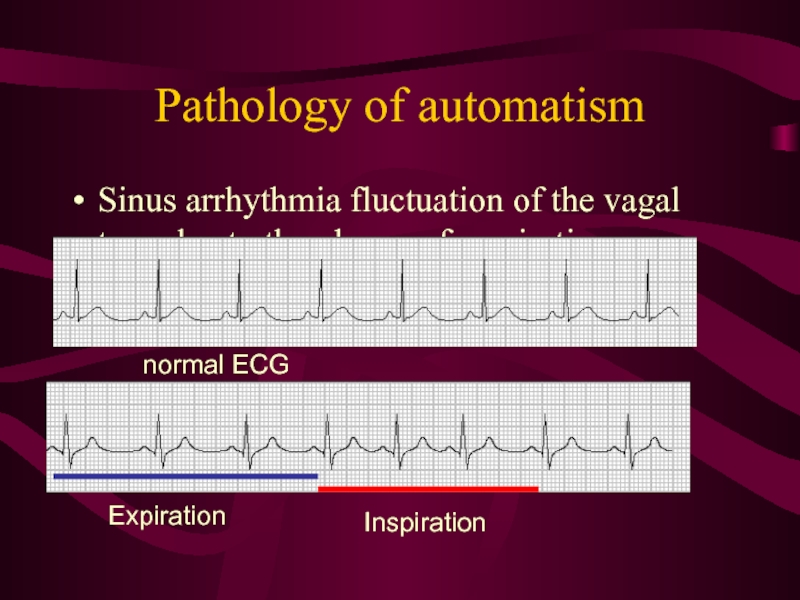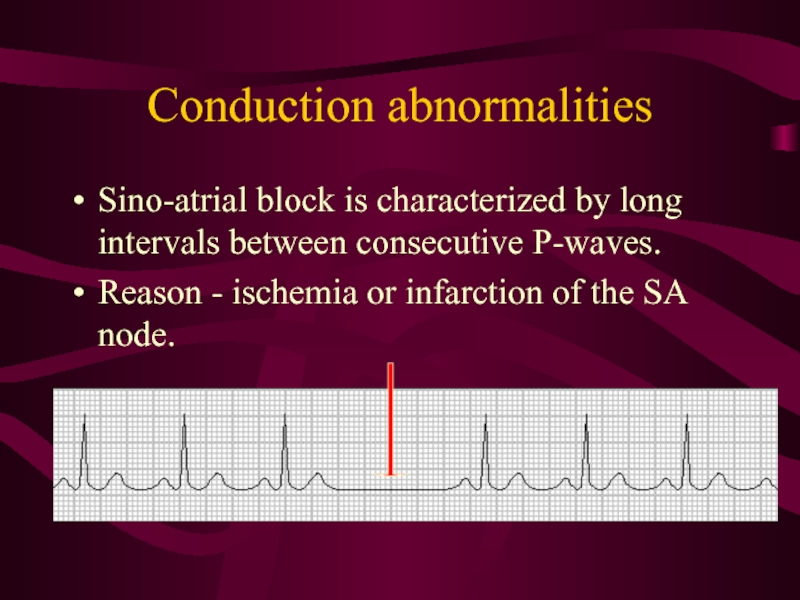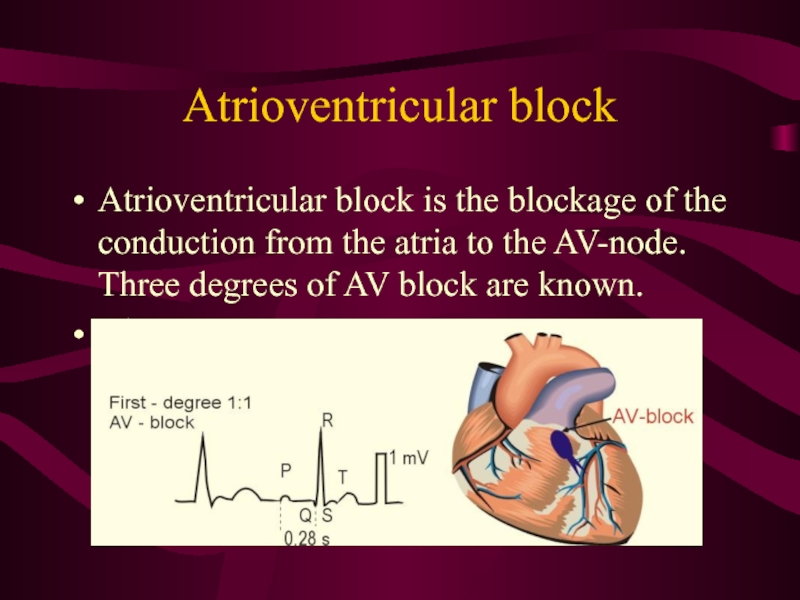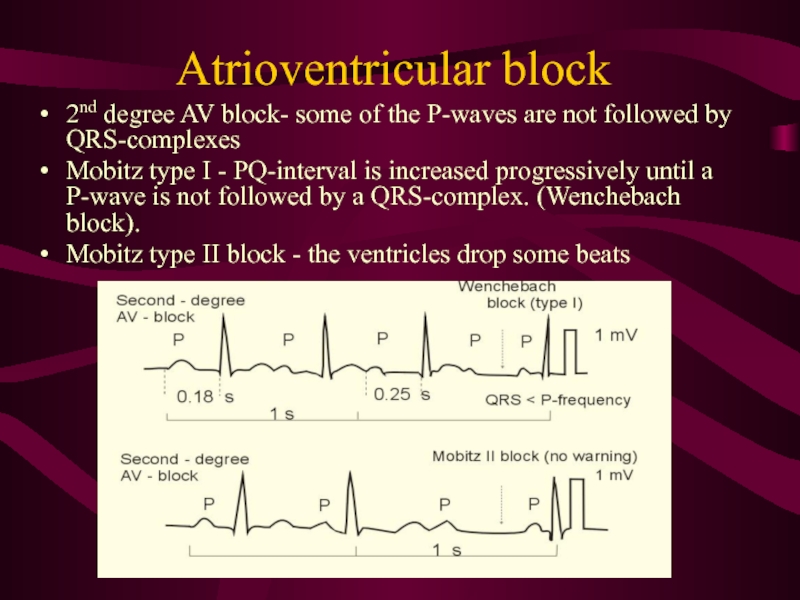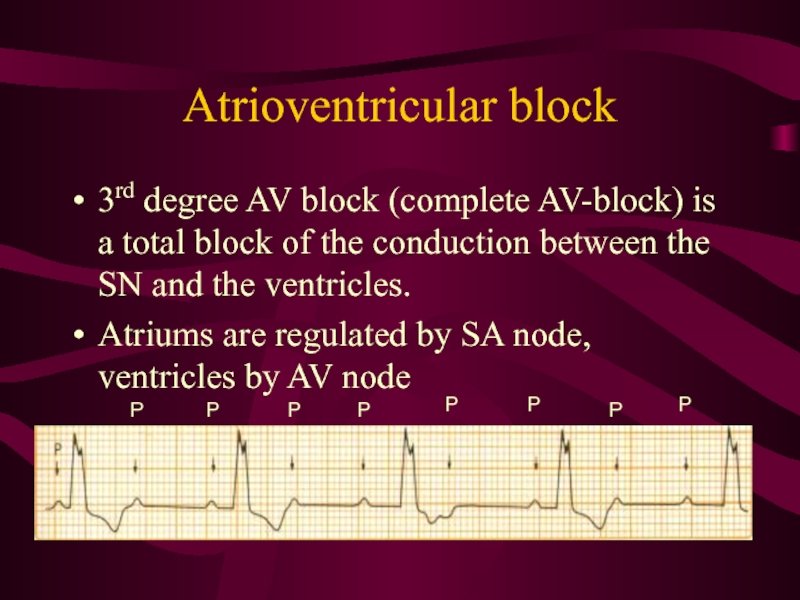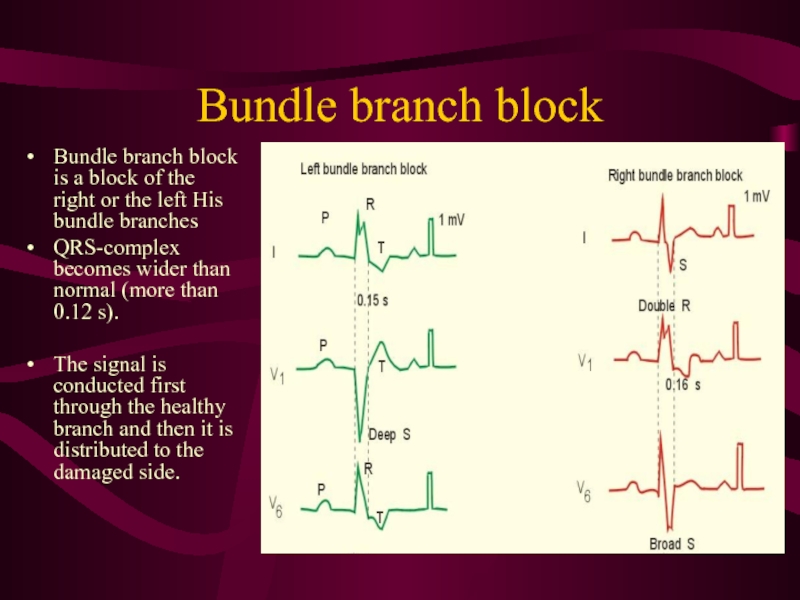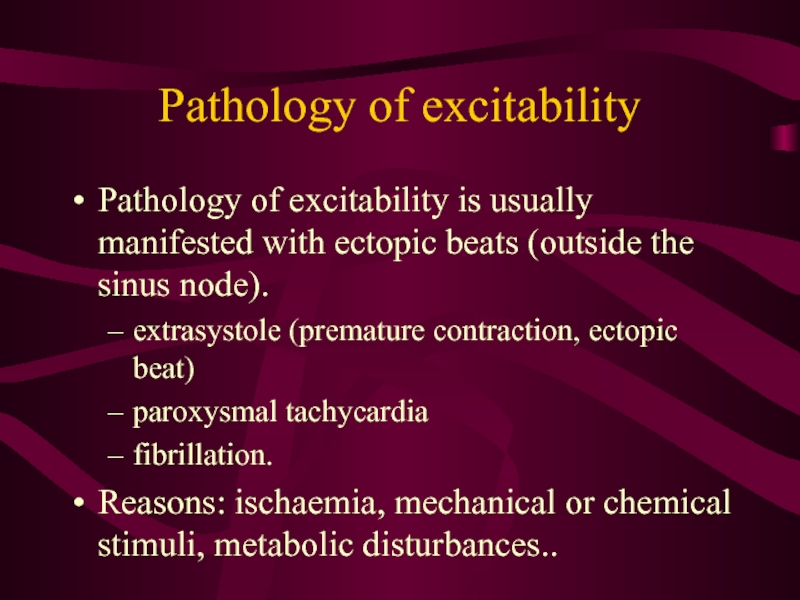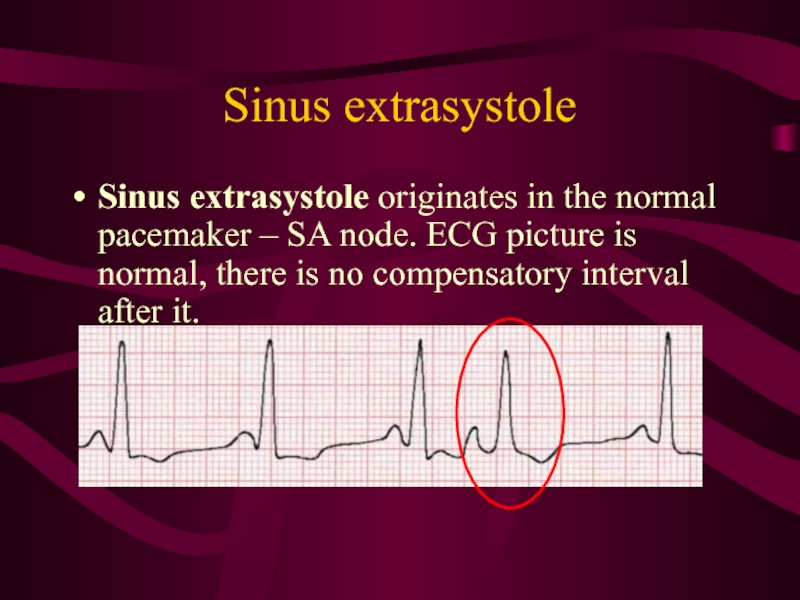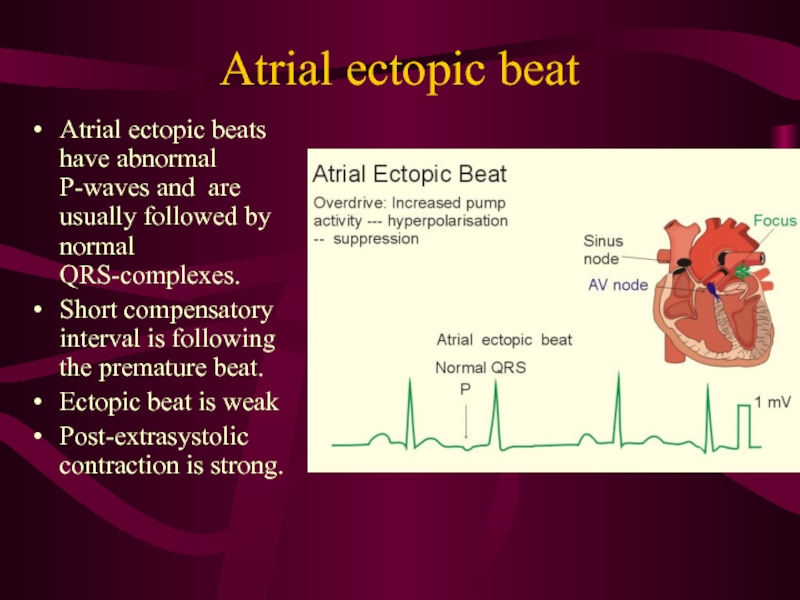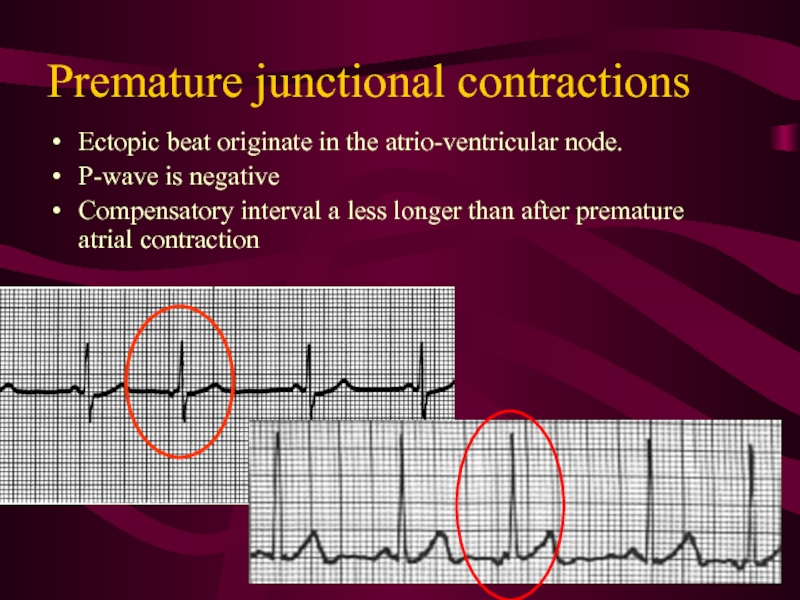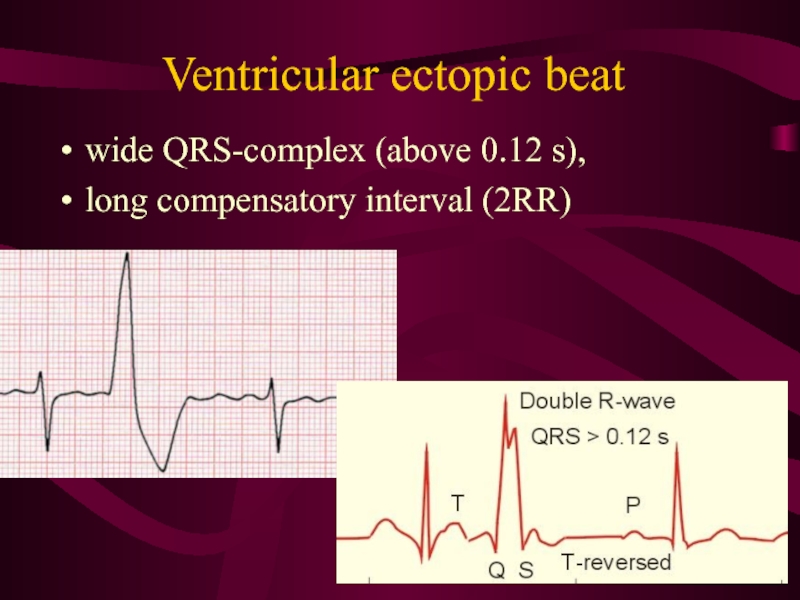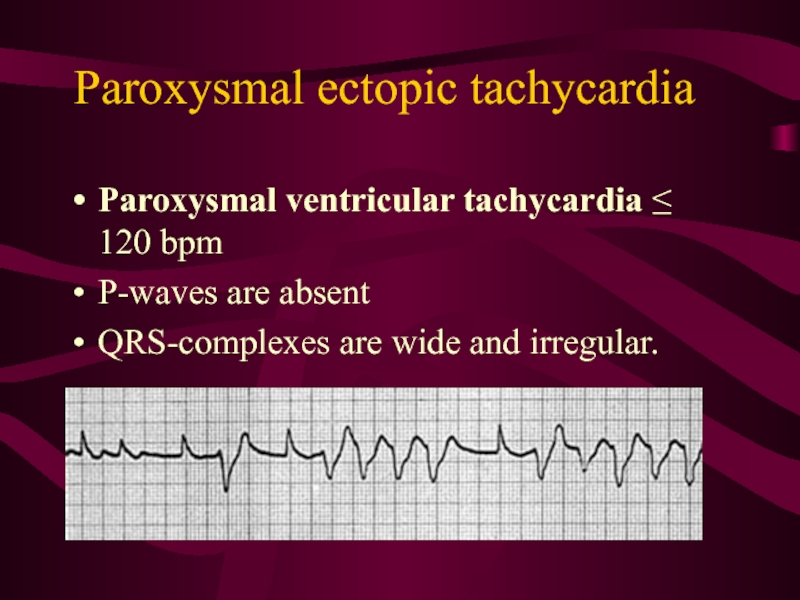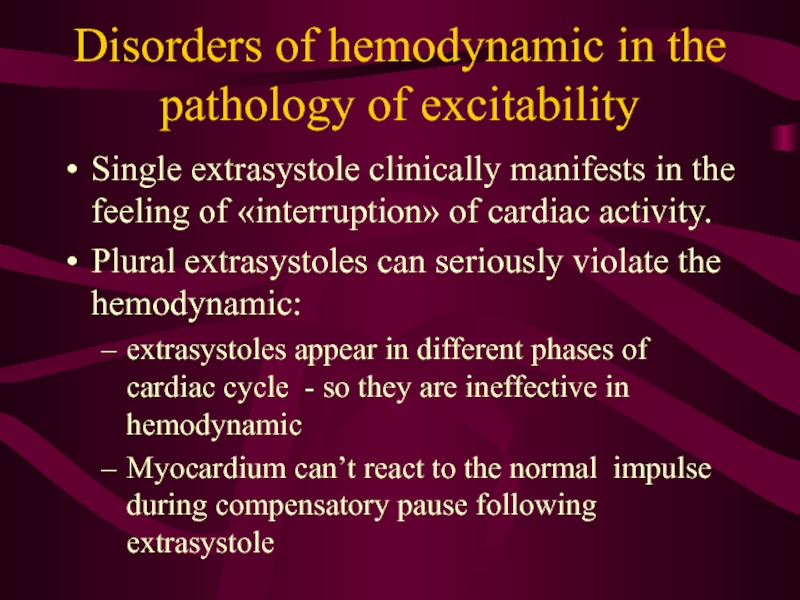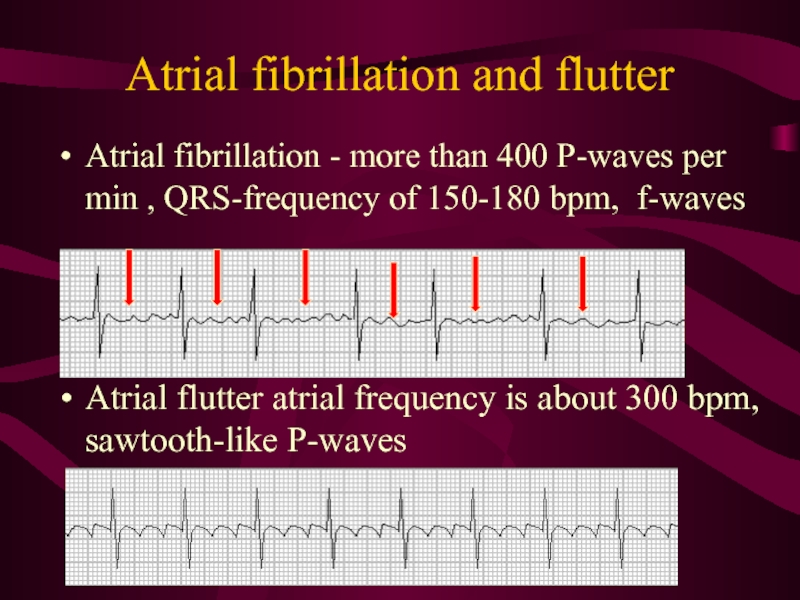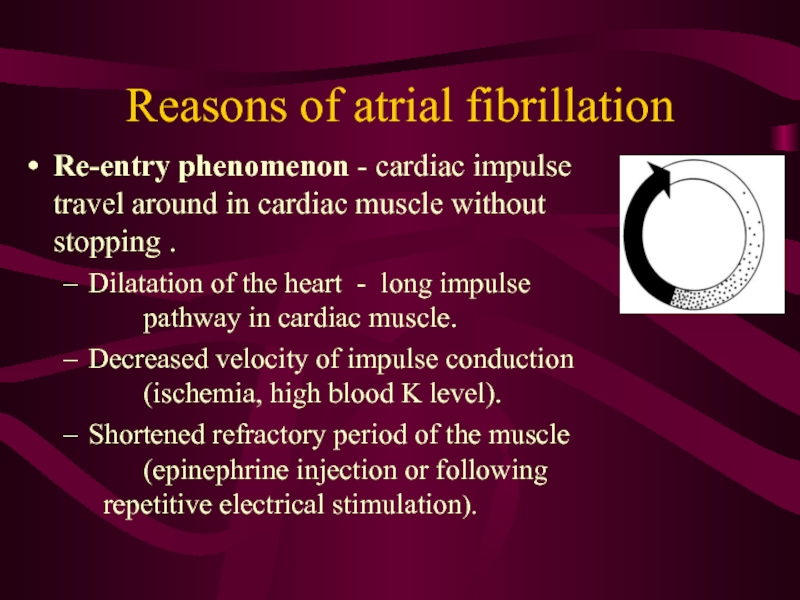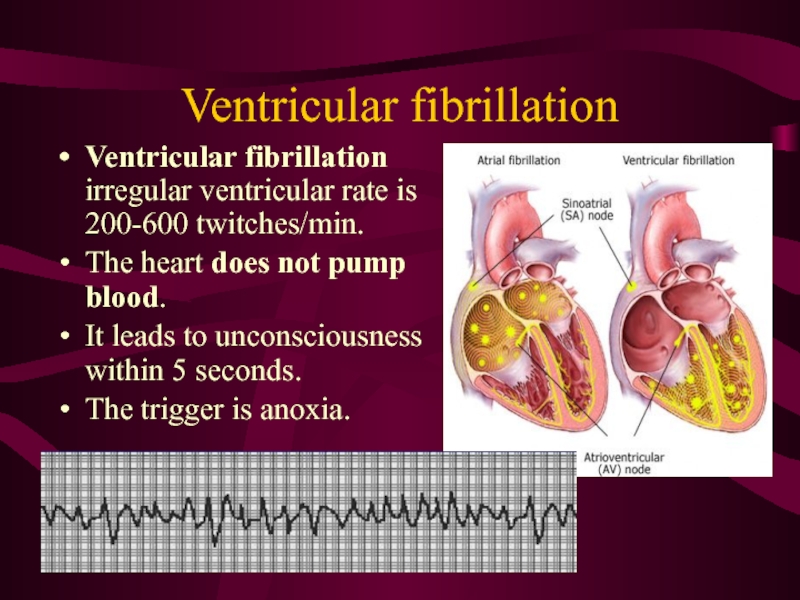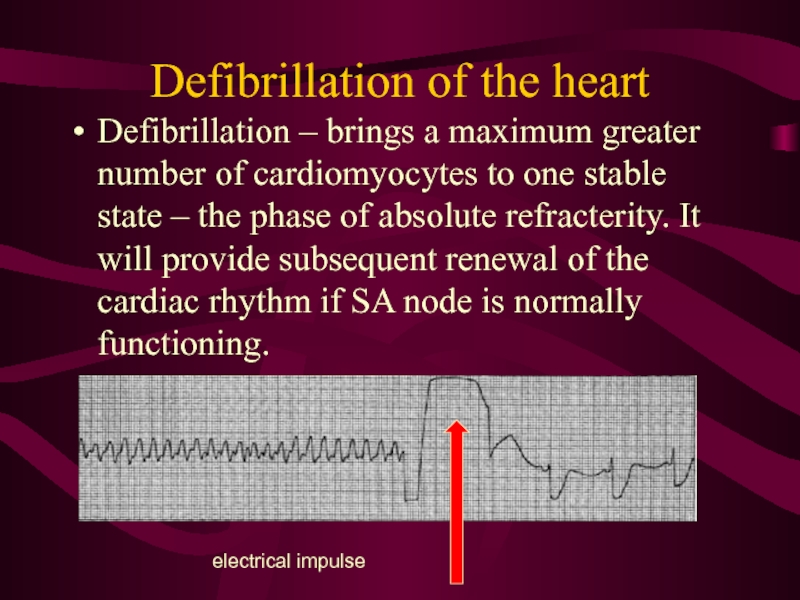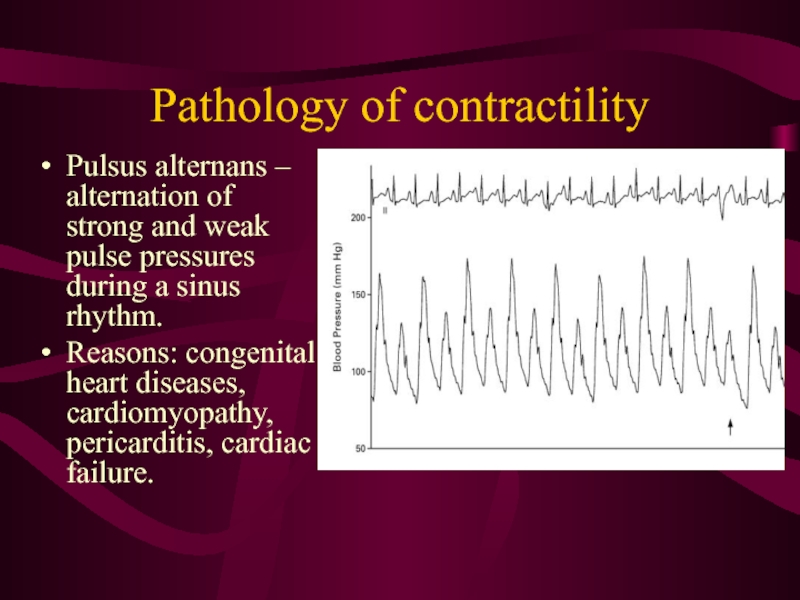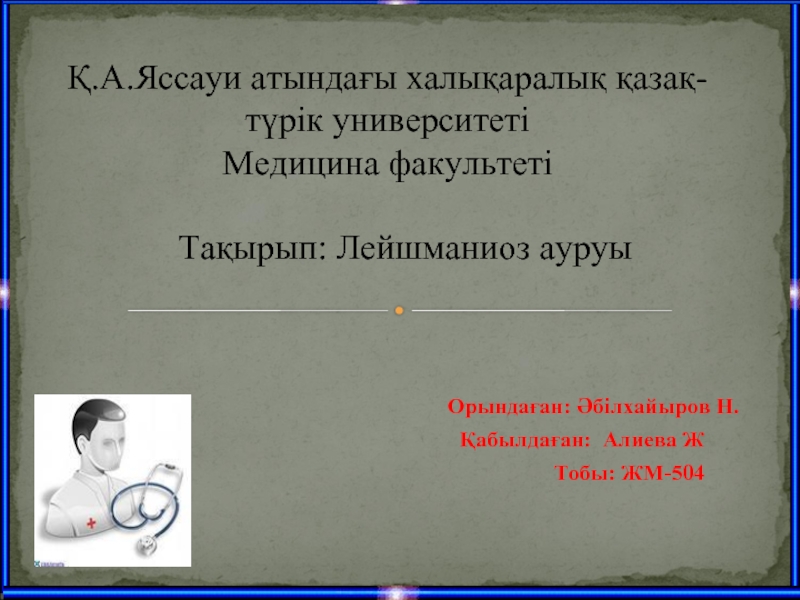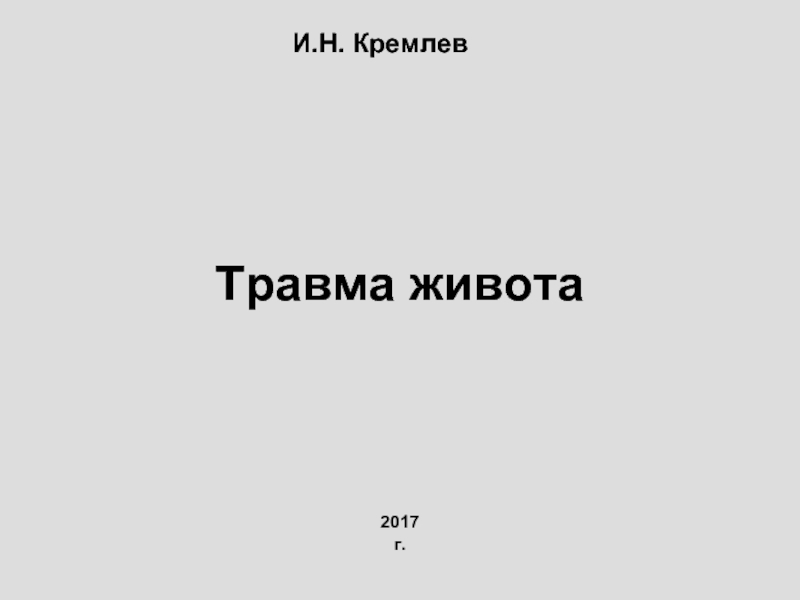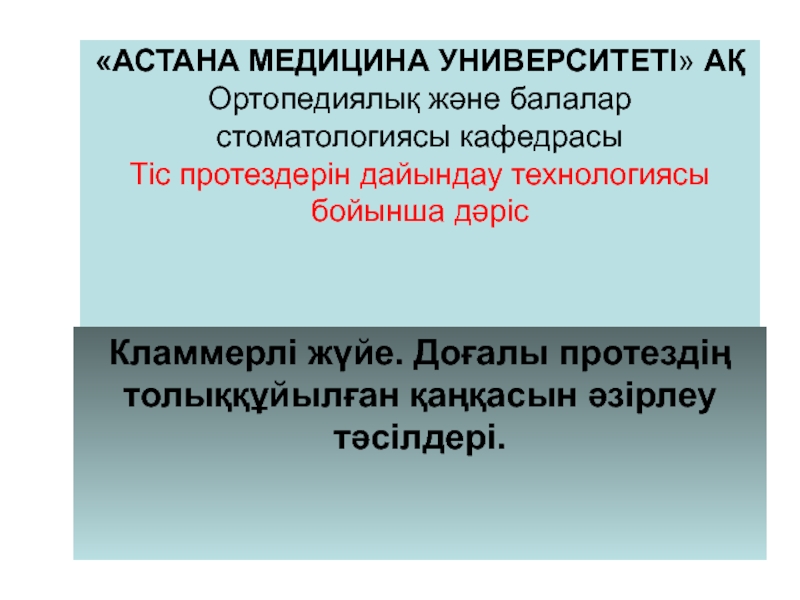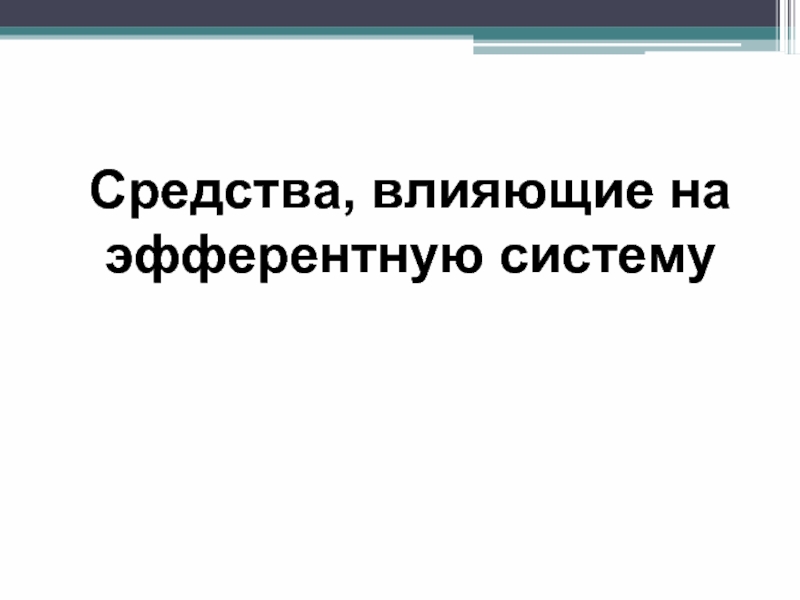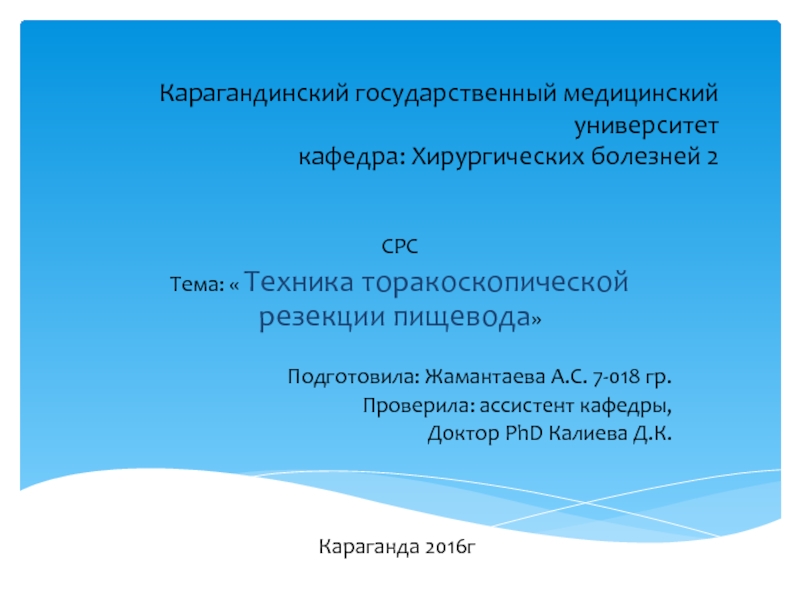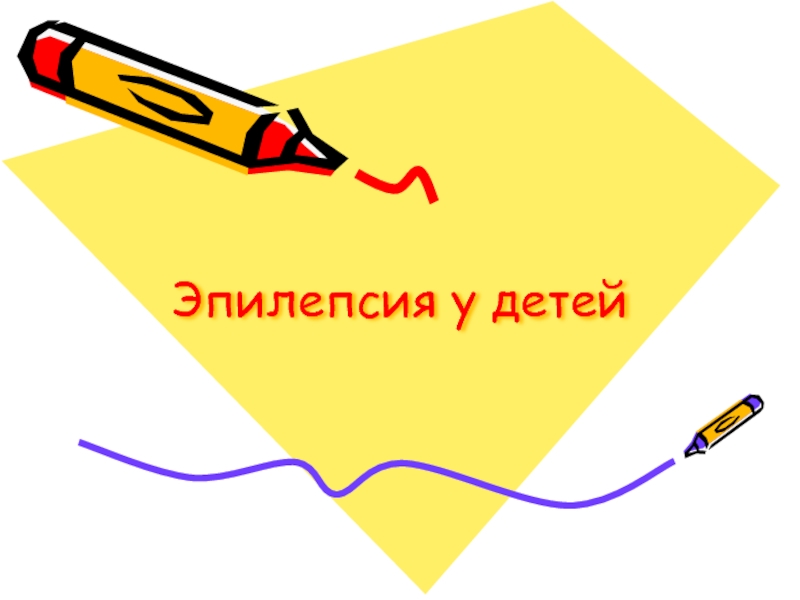- Главная
- Разное
- Дизайн
- Бизнес и предпринимательство
- Аналитика
- Образование
- Развлечения
- Красота и здоровье
- Финансы
- Государство
- Путешествия
- Спорт
- Недвижимость
- Армия
- Графика
- Культурология
- Еда и кулинария
- Лингвистика
- Английский язык
- Астрономия
- Алгебра
- Биология
- География
- Детские презентации
- Информатика
- История
- Литература
- Маркетинг
- Математика
- Медицина
- Менеджмент
- Музыка
- МХК
- Немецкий язык
- ОБЖ
- Обществознание
- Окружающий мир
- Педагогика
- Русский язык
- Технология
- Физика
- Философия
- Химия
- Шаблоны, картинки для презентаций
- Экология
- Экономика
- Юриспруденция
Heart diseases. Arrhythmia презентация
Содержание
- 1. Heart diseases. Arrhythmia
- 2. Myocarditis Inflammation of the heart muscle
- 3. Infectious causes Viral – coxsackie B
- 4. Non-infectious causes Cardiotoxins – catecholamines, cocaine, alcohol,
- 5. Clinical manifestation excessive fatigue, chest pains,
- 6. Cardiac failure A state in which
- 7. Cardiac failure classification Myocardial – due to
- 8. Heart overload Increased pressure load (afterload) is
- 9. Cardiac failure classifications Acute cardiac failure -
- 10. Left ventricle failure pulmonary congestion and lungs
- 11. Right ventricle failure increased systemic venous pressure.
- 12. Cardiac failure classification primary heart failure
- 13. Cardiac failure symptoms Shortness of breath ("dyspnea")
- 14. Urgent mechanisms of compensation CO= Heart rate
- 15. Urgent mechanisms of compensation Increased sympathetic tone
- 16. Long-term mechanism of compensation Myocardial hypertrophy
- 17. Reasons of pathological hyperthrophy Heart diseases: Myocardial
- 18. Ischemic heart disease IHD or coronary
- 19. Etiology of IHD The reasons of low
- 20. Angina pectoris Angina pectoris is chest pain
- 21. Angina pectoris Hypoxia Acidosis Ischemia Myocardial cells injury
- 22. Angina pectoris Triggers of angina:
- 23. Myocardial infarction Death or necrosis of myocardial
- 24. Myocardial infarction The severity of MI is
- 25. Myocardial infarction The death of myocardial cells
- 26. Signs and symptoms of MI Chest pain
- 27. Signs and symptoms of MI A wide
- 28. Signs and symptoms of MI Enzymes and
- 29. Reperfusion of MI circulation brings neutrophils
- 30. Cardiogenic shock Cardiogenic shock is a
- 31. Cardiogenic shock symptoms Anxiety, restlessness, altered mental
- 32. Arrhythmia classification
- 33. Pathology of automatism Sinus tachycardia –
- 34. Pathology of automatism Sinus bradycardia –
- 35. Pathology of automatism Sinus arrhythmia fluctuation of
- 36. Conduction abnormalities Sino-atrial block is characterized
- 37. Atrioventricular block Atrioventricular block is the blockage
- 38. Atrioventricular block 2nd degree AV block- some
- 39. Atrioventricular block 3rd degree AV block (complete
- 40. Bundle branch block Bundle branch block
- 41. Pathology of excitability Pathology of excitability
- 42. Sinus extrasystole Sinus extrasystole originates in
- 43. Atrial ectopic beat Atrial ectopic beats
- 44. Premature junctional contractions Ectopic beat originate in
- 45. Ventricular ectopic beat wide QRS-complex (above 0.12 s), long compensatory interval (2RR)
- 46. Paroxysmal ectopic tachycardia Paroxysmal atrial tachycardia
- 47. Paroxysmal ectopic tachycardia Paroxysmal ventricular tachycardia ≤
- 48. Disorders of hemodynamic in the pathology of
- 49. Atrial fibrillation and flutter Atrial fibrillation -
- 50. Reasons of atrial fibrillation Re-entry phenomenon -
- 51. Ventricular fibrillation Ventricular fibrillation irregular ventricular rate
- 52. Defibrillation of the heart Defibrillation – brings
- 53. Pathology of contractility Pulsus alternans – alternation
Слайд 2Myocarditis
Inflammation of the heart muscle
Classification
specific and non-specific (specific –when inflammation
acute, subacute and chronic – depending upon the duration of inflammatory response.
infectious and non-infectious – depending on etiology.
Слайд 3Infectious causes
Viral – coxsackie B virus, Epstein-Barr virus, cytomegalovirus, influenza
Bacterial – diphtheria, tuberculosis, salmonella, tetanus, pyogenic bacteria.
Spirochetal – syphilis, leptospirosis.
Fungal – candidiasis, aspergillosis.
Rickettsial – typhus.
Protozoal – toxoplasmosis, malaria.
Helminthic – trichomonosis, filariasis.
Слайд 4Non-infectious causes
Cardiotoxins – catecholamines, cocaine, alcohol, carbon monoxide, arsenic, heavy metals
Hypersensitivity reactions – antibiotics, diuretics, insect bites (bee, wasp, spider, scorpion), snake bites.
Systemic disorders – collagen-vascular diseases, sarcoidosis, celiac disease, thyrotoxicosis, hypereosinophilia.
Idiopatic myocarditis (Fiedler’s)
Слайд 5Clinical manifestation
excessive fatigue,
chest pains,
unexplained sinus tachycardia,
congestive heart failure
low voltage QRS complexes,
ST elevation, or heart block.
pulmonary edema and cardiomegaly.
Слайд 6Cardiac failure
A state in which impaired cardiac function is unable
In most cases cardiac insufficiency is manifested by a decrease in cardiac output
Cardiac output (CO) is the volume of blood ejected from the left ventricle each minute.
CO= Heart rate*Stroke Volume
Слайд 7Cardiac failure classification
Myocardial – due to direct affection of myocardium
Overload –
Mixed – due to combination of myocardium direct affection and its overload.
Слайд 8Heart overload
Increased pressure load (afterload) is observed at systemic and pulmonary
Increased volume load (preload) - valvular insufficiency, severe anemia, thyrotoxicosis.
Слайд 9Cardiac failure classifications
Acute cardiac failure - sudden reduction in CO resulting
acute myocardial infarction
acute intoxications
ruptures of the ventricle walls or valves
Chronic or congestive cardiac failure - compensatory mechanisms try to maintain the CO
ischemic heart disease
systemic arterial hypertension
chronic lungs diseases
Left ventricle failure, right ventricle failure, and
mixed forms
Слайд 10Left ventricle failure
pulmonary congestion and lungs oedema
High pulmonary venous pressure
low perfusion and decreased O2 supply of all the tissues due to decreased left ventricular output.
Consequences: kidney’s ischemic necrosis, hypoxic encephalopathy, weakness and fatigue.
Слайд 11Right ventricle failure
increased systemic venous pressure.
edema (feet, ankles, abdominal viscera, especially
impaired liver breaks down less aldosterone, further contributing to fluid accumulation.
GI - disoders (anorexia, malabsorption, chronic blood loss).
ascites - fluid accumulation in the peritoneal cavity.
Слайд 12Cardiac failure classification
primary heart failure (cardiogenic form) - IHD, AMI,
secondary heart failure (non-cardiogenic form) - acute profound blood loss, collapse; exudative pericarditis
Слайд 13Cardiac failure symptoms
Shortness of breath ("dyspnea") - due to excess fluid
Fatigue - due to low cardiac output.
Persistent coughing – fluid accumulation in the lungs
Edema swelling of the feet, ankles, legs, abdomen.
Kidneys retain NaCl and water venous and the capillary pressure increases loss of fluid into the interstitial fluid volume.
Слайд 14Urgent mechanisms of compensation
CO= Heart rate * Stroke Volume
Tonogenic dilatation of
Further dilatation weakens the work of the heart (myogenic dilatation)
Frank- Starling´s law of the heart
Слайд 15Urgent mechanisms of compensation
Increased sympathetic tone - the constriction of blood
Constriction of the afferent renal arterioles decreased glomerular filtration rate activation of renin-angiotensin-aldosterone cascade increased salt-and water-retention
Слайд 16Long-term mechanism of compensation
Myocardial hypertrophy
Physiological hypertrophy - high stroke volume
Pathological hypertrophy - low stroke volume - number of nervous fibers and blood vessels does not corresponds to increased mass of myocardium.
Слайд 17Reasons of pathological hyperthrophy
Heart diseases: Myocardial disorders, pericarditis, valvular disorders, congenital
Vascular disorders: atherosclerosis, systemic hypertension.
Diseases of the lungs and pleura.
Acromegaly, anaemia, obesity, thyrotoxicosis, severe physical work and sports.
Слайд 18Ischemic heart disease
IHD or coronary artery disease - imbalance between
The reasons of increased oxygen demand:
Exercises,
Infectious diseases,
Pregnancy,
Increased BMR (basal metabolic rate) in hyperthyroidism,
Hypertrophy of cardiac muscle
Слайд 19Etiology of IHD
The reasons of low oxygen supply:
Atherosclerosis,
Spasm of
Thrombus and Embolism,
Shock, Anemia, CO poisoning,
Lung diseases
Risk factors for IHD
high blood cholesterol,
high blood pressure (hypertension),
physical inactivity, smoking, obesity
Слайд 20Angina pectoris
Angina pectoris is chest pain due to ischemia of the
Greek ankhon ("strangling") + Latin pectus ("chest")
chest discomfort (pressure, heaviness, tightness, squeezing, burning, etc.)
location - chest, epigastrium, back, neck, jaw, shoulders
pain radiation - arms, shoulders, neck into the jaw.
Слайд 22Angina pectoris
Triggers of angina:
physical exertion
emotional stress
heavy meals
extreme cold
excessive alcohol consumption
cigarette smoking
Слайд 23Myocardial infarction
Death or necrosis of myocardial cells
Etiology
increased myocardial metabolic
physical exertion, severe hypertension, severe aortic valve stenosis
decreased delivery of oxygen and nutrients to the myocardium via the coronary circulation
thrombus coronary occlusion,
fixed (atherosclerosis) or a dynamic coronary artery stenosis.
Слайд 24Myocardial infarction
The severity of MI is dependent on:
level of the occlusion
length of time of the occlusion
presence or absence of collateral circulation.
Слайд 25Myocardial infarction
The death of myocardial cells first occurs in the endocardium,
After a 6- to 8-hour period of coronary occlusion, most of the distal myocardium has died.
The extent of myocardial cell death defines the magnitude of the AMI.
Слайд 26Signs and symptoms of MI
Chest pain
Radiation of chest pain into the
Associated dyspnea or shortness of breath
Associated epigastric discomfort with or without nausea and vomiting
Associated diaphoresis or sweating
Impairment of cognitive function without other cause
pain location in MI
Слайд 27Signs and symptoms of MI
A wide and deep Q wave in
When only part of the wall is necrotic there are deeply inverted, symmetrical T-waves (coronary T- waves) and mostly ST depression are observed in the ECG.
Слайд 28Signs and symptoms of MI
Enzymes and proteins concentration in a blood
creatin phosphokinase (CPK)
troponin
myglobin
Слайд 29Reperfusion of MI
circulation brings neutrophils to re-perfused tissues that release
reperfusion brings a massive influx of Ca++ which leads to activation of enzymes progressive destruction of all cell structures.
Слайд 30Cardiogenic shock
Cardiogenic shock is a severe reduction of cardiac output
The pulmonary capillary wedge pressure is normal or elevated in contrast to other types of shock (blood loss or vasodilatation).
The cardiac pump do not get rid of the blood volume received and it is therefore accumulated in venous system
The lower part of a body is filled with blood in distensible vessels, and the upper part of the body is pale.
Слайд 31Cardiogenic shock symptoms
Anxiety, restlessness, altered mental state
Hypotension
A rapid, weak, thready pulse
Cool, clammy, and mottled skin (cutis marmorata)
Distended jugular veins
Oliguria (low urine output)
Rapid and deep respirations (hyperventilation)
Fatigue
Слайд 33Pathology of automatism
Sinus tachycardia – heart rate above 100 bpm
normal ECG
sinus tachycardia (shortened RR or TP interval)
Слайд 34Pathology of automatism
Sinus bradycardia – less than 60 bpm due
normal ECG
sinus bradycardia (increased RR or TP interval)
Слайд 35Pathology of automatism
Sinus arrhythmia fluctuation of the vagal tone due to
normal ECG
Expiration
Inspiration
Слайд 36Conduction abnormalities
Sino-atrial block is characterized by long intervals between consecutive
Reason - ischemia or infarction of the SA node.
Слайд 37Atrioventricular block
Atrioventricular block is the blockage of the conduction from the
1st degree AV block: PQ - above 0.2 s
Слайд 38Atrioventricular block
2nd degree AV block- some of the P-waves are not
Mobitz type I - PQ-interval is increased progressively until a P-wave is not followed by a QRS-complex. (Wenchebach block).
Mobitz type II block - the ventricles drop some beats
Слайд 39Atrioventricular block
3rd degree AV block (complete AV-block) is a total block
Atriums are regulated by SA node, ventricles by AV node
P
P
P
P
P
P
P
P
Слайд 40Bundle branch block
Bundle branch block is a block of the
QRS-complex becomes wider than normal (more than 0.12 s).
The signal is conducted first through the healthy branch and then it is distributed to the damaged side.
Слайд 41Pathology of excitability
Pathology of excitability is usually manifested with ectopic
extrasystole (premature contraction, ectopic beat)
paroxysmal tachycardia
fibrillation.
Reasons: ischaemia, mechanical or chemical stimuli, metabolic disturbances..
Слайд 42Sinus extrasystole
Sinus extrasystole originates in the normal pacemaker – SA
Слайд 43Atrial ectopic beat
Atrial ectopic beats have abnormal P-waves and are
Short compensatory interval is following the premature beat.
Ectopic beat is weak
Post-extrasystolic contraction is strong.
Слайд 44Premature junctional contractions
Ectopic beat originate in the atrio-ventricular node.
P-wave is
Compensatory interval a less longer than after premature atrial contraction
Слайд 46Paroxysmal ectopic tachycardia
Paroxysmal atrial tachycardia is elicited in the atrial
Слайд 47Paroxysmal ectopic tachycardia
Paroxysmal ventricular tachycardia ≤ 120 bpm
P-waves are absent
QRS-complexes are
Слайд 48Disorders of hemodynamic in the pathology of excitability
Single extrasystole clinically manifests
Plural extrasystoles can seriously violate the hemodynamic:
extrasystoles appear in different phases of cardiac cycle - so they are ineffective in hemodynamic
Myocardium can’t react to the normal impulse during compensatory pause following extrasystole
Слайд 49Atrial fibrillation and flutter
Atrial fibrillation - more than 400 P-waves per
Atrial flutter atrial frequency is about 300 bpm, sawtooth-like P-waves
Слайд 50Reasons of atrial fibrillation
Re-entry phenomenon - cardiac impulse travel around in
Dilatation of the heart - long impulse pathway in cardiac muscle.
Decreased velocity of impulse conduction (ischemia, high blood K level).
Shortened refractory period of the muscle (epinephrine injection or following repetitive electrical stimulation).
Слайд 51Ventricular fibrillation
Ventricular fibrillation irregular ventricular rate is 200-600 twitches/min.
The heart
It leads to unconsciousness within 5 seconds.
The trigger is anoxia.
Слайд 52Defibrillation of the heart
Defibrillation – brings a maximum greater number of
electrical impulse
Слайд 53Pathology of contractility
Pulsus alternans – alternation of strong and weak pulse
Reasons: congenital heart diseases, cardiomyopathy, pericarditis, cardiac failure.
